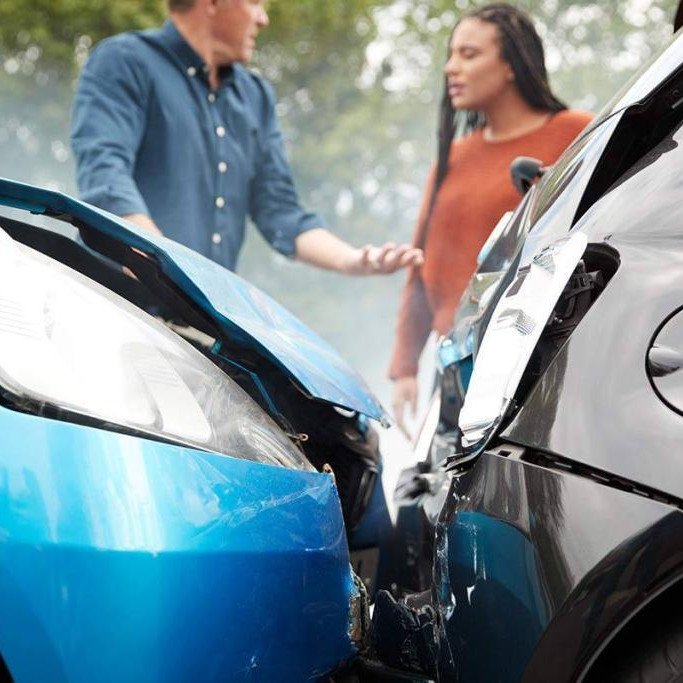In Missouri, if both drivers are at fault, each driver’s compensation is reduced by their percentage of fault under the pure comparative fault system.
Accidents on the road are often complex, and determining fault can be challenging. In Missouri, understanding what happens if both drivers are at fault in an accident is crucial for navigating the legal and insurance processes. Here’s an overview of the critical aspects you need to know.
Comparative Fault System in Missouri
Missouri follows a pure comparative fault system. This means that each party involved in an accident can be assigned a percentage of fault, and their compensation will be adjusted accordingly. Here’s how it works:
- Percentage of Fault: Each driver is assigned a percentage of fault based on the circumstances and evidence surrounding the accident.
- Reduction of Damages: The total compensation one can receive is reduced by the percentage of fault. For example, if you are found to be 30% at fault for an accident, your compensation will be reduced by 30%.
Determining Fault
Fault is determined through various means, including:
- Police Reports: Officers who arrive at the scene will document the accident and may include their assessment of fault.
- Witness Statements: Testimonies from people who saw the accident can provide crucial insights into what happened.
- Evidence and Investigation: This includes photographs, video footage, and expert analysis of the accident scene and vehicle damages.
Impact on Insurance Claims
When both drivers are at fault, each driver’s insurance company will handle their respective claims. Here’s what typically happens:
- Filing a Claim: Each driver files a claim with their insurance company.
- Investigation: The insurance companies investigate the accident to determine the extent of fault and damages.
- Settlement: Based on the determined percentages of fault, each insurance company will negotiate settlements. Your compensation will be adjusted based on your level of fault.
Legal Considerations
If you believe the fault assessment is incorrect or unfair, you have legal options:
- Negotiation: You can negotiate with the insurance company to reassess the fault and compensation.
- Litigation: If negotiations fail, you can file a lawsuit to seek a fair judgment. In court, the judge or jury will determine the percentages of fault and the corresponding compensation.
Importance of Legal Assistance
Navigating fault in an accident can be complex, especially when both parties share responsibility. Having an experienced St. Louis car accident attorney can be invaluable for several reasons:
- Evidence Collection: An attorney can help gather and present evidence to support your case.
- Negotiation: They can negotiate with insurance companies to seek a fair settlement.
- Legal Representation: If your case goes to court, an attorney will represent you to ensure your side is effectively presented.
Speak With a St. Louis Car Accident Lawyer
In Missouri, when both drivers are at fault in an accident, the pure comparative fault system ensures that compensation is adjusted based on the degree of fault. Understanding this system and your rights can significantly impact the outcome of your insurance claims and potential legal actions. If you are in such a situation, seeking legal advice from a knowledgeable car accident attorney can help you navigate the complexities and ensure you receive fair treatment.
For personalized assistance and legal representation, contact The Hoffmann Law Firm, L.L.C. Our experienced team is dedicated to helping you understand your rights and achieve the best possible outcome in your case.
FREE Consultation
Speak with an experienced attorney 24/7

